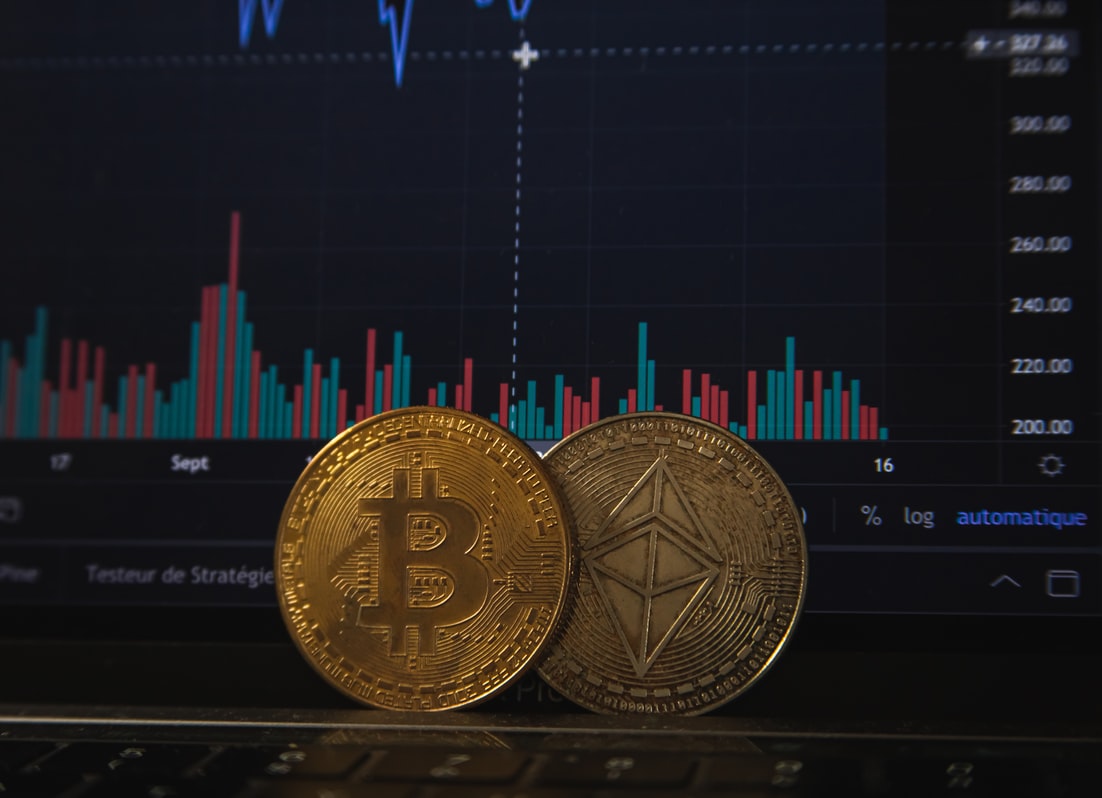Trading cryptocurrency CFDs on a CFD platform and buying or selling cryptocurrencies through an exchange are not the same. Just as outcomes would differ between Preakness stakes odds, you need to understand that even though both buying, selling, and trading cryptocurrencies intend on making a profit through crypto market trades, each party has a process that’s quite different from the other.
Buying And Selling Cryptocurrencies
When you buy and sell cryptocurrency, you’re basically exchanging one cryptocurrency for another. Here, the process will involve you searching for a cryptocurrency pair to initiate the exchange for fiat. This transaction will happen twice and in opposite directions to finalize an exchange cycle with the aim of generating a profit from it. All this will be done on a cryptocurrency exchange where you’ll need to open an exchange account through filling out an online form.
Usually, there are two ways that cryptocurrency exchanges will accept deposits and withdrawals. Some exchanges, mostly located in the UK and US, accept fiat currency deposits or a mix of the two. But most exchanges across the globe will accept crypto-based options because of the restrictions that are imposed by banks on exchanges that are taking place in bank accounts. Should the exchange only approve cryptocurrency deposits or withdrawals, you must create an additional third-party wallet to use the crypto in deposits.
To deposit any funds, you’d first need to buy Bitcoin, Ethereum, or any other available deposit cryptocurrency from external sources and then have it transferred to your third-party digital wallet. After this, the funds will go from this wallet to be a wallet operating under the crypto exchange for deposits. Should you wish to use this method, you’d have to use the correct wallet address when inputting any information concerning the transaction. This is because no reverses are allowed.
Trading Cryptocurrencies
Once you’ve had your exchange wallet credited, you can buy and sell various cryptocurrencies by trading pairs that have the deposit currency that you have selected. Bitcoin and Ethereum tend to have the largest pairing numbers on most exchanges, therefore you won’t be short of what exactly to trade on the platform. Here, you will simply use:
- Limit orders to close at profit
- Stop-loss orders to close at a loss
- Future orders to buy and sell your digital currencies of choice
You can trade cryptocurrencies on a speculative basis by trading on crypto prices through contracts for difference (CFDs). Here, the owner won’t own or exchange the actual cryptocurrencies, instead, the trader will buy or sell the contracts based on how the prices are moving for the underlying cryptocurrency in question.
To trade crypto CFDs, this needs to be done on online platforms of CFD issuers. You’d need to open an account by filling out the online form and provide the necessary identity and residential address details for verification purposes that are set to be compulsory regulatory requirements. Once this is done, the funds can then be sent to the CFD trading account via fiat currency methods.
Cryptocurrency CFD brokers are only able to accept fiat currency methods when it comes to deposits and withdrawals. That’s why you’ll likely find bank wire options, card payment options, and popular e-wallet services being used for transactions. Anonymous funding and third-party payment options are not allowed, and for this reason, funds can only be transferred from sources that are owners of the account. Every deposit channel will have a transaction limit of its own. With bank transfers, these will usually have an unlimited capacity for transactions, while e-wallets and bank cards will have limits that have been set by the CFD provider.
Once your CFD trading account is funded using one of the available deposit options, you can go about trading cryptocurrency CFDs bi-directionally. This will benefit you from rising prices when you buy low and sell high, and falling prices when you sell high and exit low. Should the market price move against you, your position will close at a loss to you. At this point, you will have the option to either trade at a current price or use the future order’s function to initiate a trade when the instrument manages to reach a specific price.


Investment decisions are a big deal, so why not get some guidance? You can day-trade cryptos, BUY and HOLD and evaluate the assets with fundamental and technical analysis. There are methods of market analysis that can inform investors when to BUY and SELL. Choose [ Coinbloc.us] they trade, invest and give strategies for evaluating crypto currency which includes concepts such as the supply, demand and future uses of the assets.